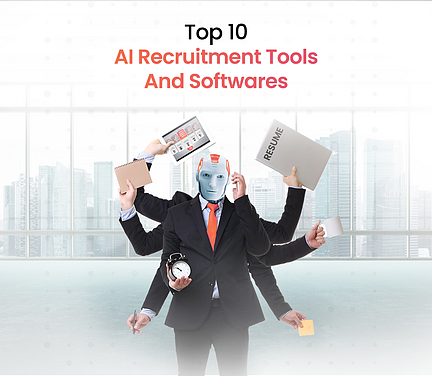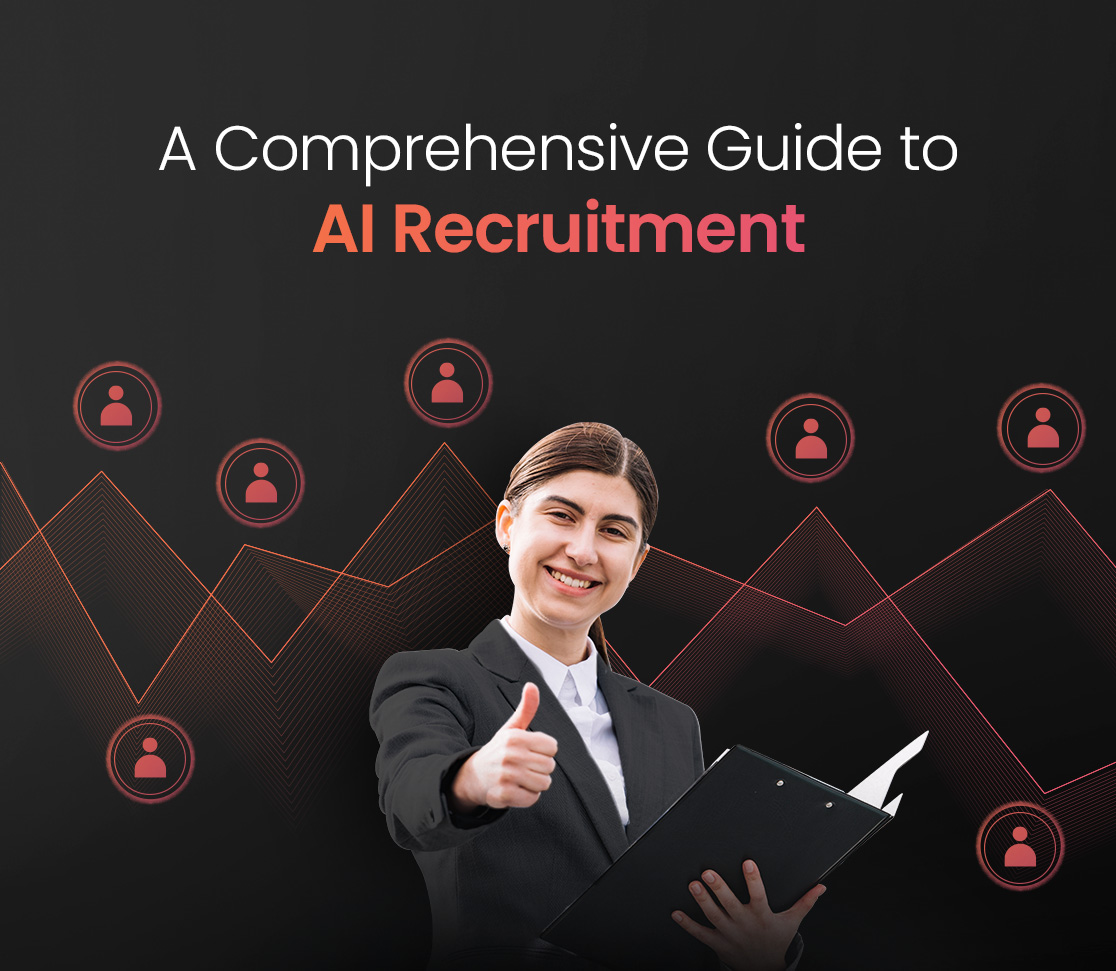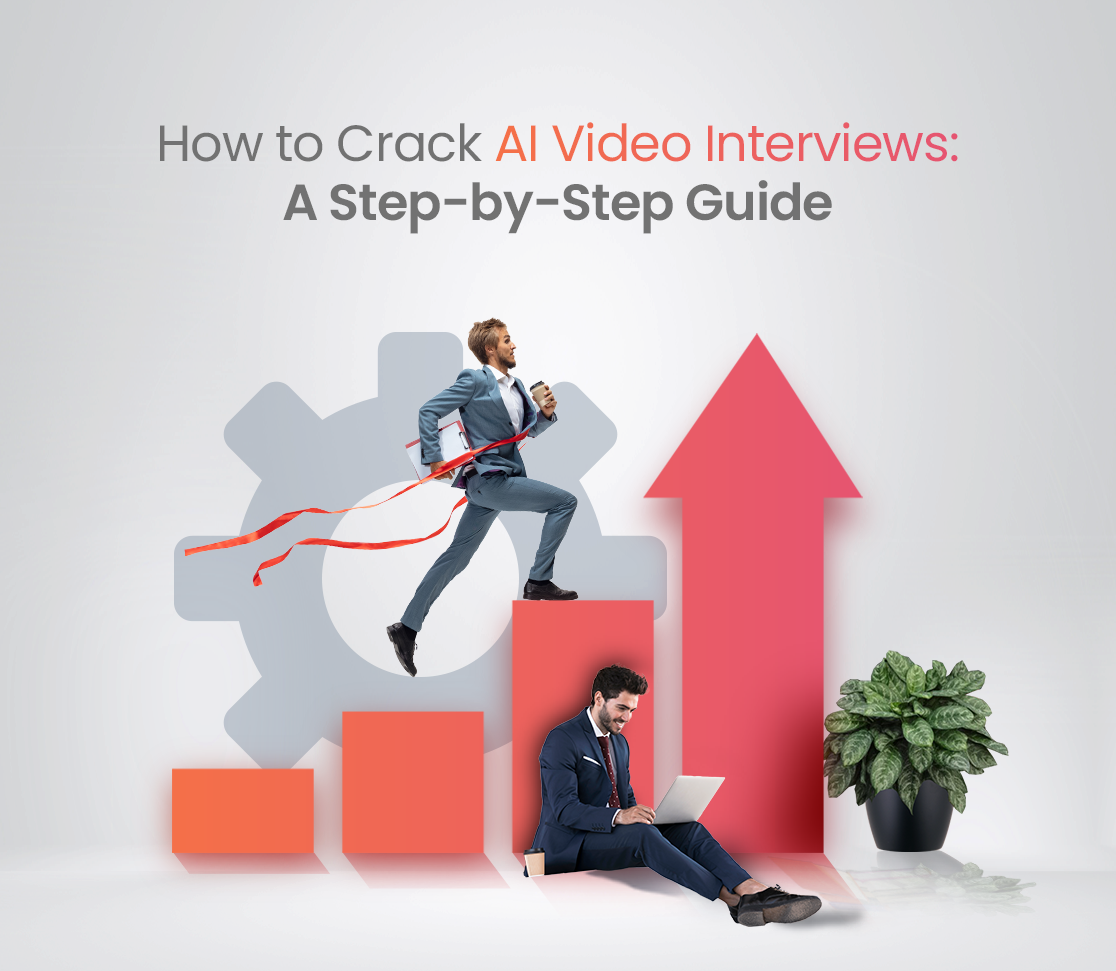AI, or artificial intelligence, is changing many sectors, and this has created a high demand for individuals with skills in AI. In terms of the broad scope of topics covered, preparing for AI interview questions can be intimidating.
To help you with this process, we have compiled a list of commonly asked AI interview questions and answers for 2024 that are applicable to freshmen, intermediates, and advanced candidates. Whether it is an AI video interview or a one-on-one meeting you’re getting ready for, these queries will help you succeed.
Freshers Artificial Intelligence Interview Questions
What is artificial intelligence?
Artificial intelligence (AI) refers to the simulation of human intelligence in machines that are programmed to think and learn like humans. Broadly speaking, AI can be classified as narrow AI that focuses on a specific task and general AI that can perform any cognitive task human beings can do. For instance, narrow AI includes voice assistants such as Siri and Alexa, among others, and recommendation systems such as Netflix and Amazon, among others. On the other hand, general AI, though only theoretical, would have the capacity to comprehend things deeply and reason about them by creating more sanctified decisions, thus making choices beyond just those based on self-conceit.
How does supervised learning differ from unsupervised learning?
Supervised learning involves training a model on labeled data, where you know what the output looks like, so the algorithm learns how to predict the output from the input data. For example, in supervised learning scenarios, your dataset may contain images marked as ‘cat’ or ‘dog’, and using this information, your system could classify new images into these categories. On the other hand, unsupervised learning deals with unlabeled data and hence tries to find patterns and relationships within the data without prior knowledge of its outcome. Clustering is one common application of unsupervised learning whereby similar data points are grouped together by model.
Define a neural network
Neural networks are a set of algorithms that try to recognize underlying relationships in a group of data by mimicking the operation of the human brain. Input layers, hidden layers, and output layers are some of the components of neural networks. Every neuron at each layer receives inputs, applies a weighted sum followed by an activation function, and passes these outputs to the next layer. This is how the network learns complex patterns in data.
What is machine learning?
Machine learning is a subset of artificial intelligence (AI) where algorithms and statistical models enable machines to improve their performance on a given task through experience. There are three types: supervised learning, unsupervised learning, and reinforcement learning. Supervised learning involves known outcomes; unsupervised learning deals with unknown outcomes; and reinforcement learning allows machines to learn through trial and error, which comes with rewards or penalties based on their actions.
State some applications of AI
There are many areas where AI can be applied, including natural language processing (e.g., chatbots, translation services), image and speech recognition (e.g., facial recognition, voice assistants), autonomous vehicles (e.g., self-driving cars), healthcare diagnostics (e.g., detecting diseases from medical images), financial trading (e.g., algorithmic trading), and personalized recommendations (e.g., content suggestions on streaming services).
Intermediate Artificial Intelligence Interview Questions
Explain what the bias-variance tradeoff means
The trade-off between bias and variance is an important concept in machine learning, which affects how well the model can perform. Bias refers to the error that exists due to an approximation of a real-world problem through a simplified model. When biased models are used, it may lead to poor generalization performance on both training and test datasets. On the other hand, variance is an error that mainly arises from the excessive complexity of the model, which makes it sensitive to slight changes in the training set, leading to overfitting.
What is overfitting, and how can you prevent it?
Overfitting means that a model has learned too much noise and details about training data that it will generalize poorly to unseen new examples. To prevent this situation, cross-validation could be used where data is divided into many parts and different parts are used for training and validation of the model so as to ensure generalization. Regularization techniques like L1 (Lasso) and L2 (Ridge) add some penalty to the loss function to discourage overly complicated models. Pruning helps remove unnecessary branches in decision trees while maintaining a balance between bias and variance in the data.
Explain what convolutional neural networks (CNNs) do
A convolutional neural network (CNN) is one type of deep learning network designed specifically for structured arrays of data, such as images. They have convolutional layers, which apply convolutional operations to input by forwarding results onto the next layer. Convolution layers use filters (kernels) sliding across input data to get feature maps; then these feature maps go through ReLU activation functions or pooling layers that reduce spatial dimensions, only retaining the most significant information. CNNs are highly effective at image recognition or video recognition tasks because they capture spatial hierarchies within input data.
What is deep learning versus machine learning?
Deep learning is just one part of machine learning, given its reference to neural networks that are more than three layers deep. These neural networks, also known as deep neural networks, try to mimic the functioning of the human brain, which “learns” from lots of data. Machine learning algorithms use structured data and feature engineering to improve their performance, while deep learning, in turn, allows large volumes of unstructured data like texts, images, or sounds to be processed without adequately engineered features because it can extract meaningful ones on its own.
How do you handle missing or corrupted data in a dataset?
Handling missing or corrupted data involves several strategies. One common approach is to remove rows or columns with missing values if the proportion of such cells is relatively small. Another option is imputing missing values using methods based on statistical measures such as mean, median, mode, etc. (K-nearest neighbors). Other techniques are usually supportive of dealing with absent values inherently as decision trees. In some cases, domain knowledge might help decide what should be done with missing entries.
Advanced Artificial Intelligence Interview Questions
What is the problem of vanishing gradients?
The training of neural networks may be affected by this problem. It gets to a point where the gradients become extremely small, resulting in the inability of the network weights to change and thus ceasing the learning process. This happens primarily in multi-layered deep networks, where backpropagating through them results in exponentially decreasing gradients. Several ways are used to mitigate this issue, such as using activation functions like ReLU that do not have problems with vanishing gradients and initializing weights using Xavier or He methods.
What is reinforcement learning? Give an example
Reinforcement learning (RL) is one type of machine learning that allows an agent to learn from its actions and environment by maximizing cumulative reward. In this case, agents interact with their environments and alter strategies according to the positive or negative rewards received. The AI being trained, for instance, could compete against human players on chess or Go board games until it shows optimal moves after several winning sessions. Eventually, it develops a plan that will enable it to succeed more frequently than not.
Where can you find recurrent neural networks (RNN)?
A recurrent neural network (RNN) is a kind of artificial neural network developed for sequence data where outputs from previous time steps are given as inputs at the current time step [21]. This means that information about past events can be preserved, hence making it suitable for tasks involving time sequences such as natural language processing (NLP) and speech recognition, among others. RNNs capture dependencies in sequential data, but they do have some issues like vanishing gradients, which can be addressed through the use of advanced architectures, including long-short-term memory (LSTM) and gated recurrent units (GRU).
How does the Generative Adversarial Network work?
Generative adversarial networks are made up of two kinds of neural networks: generators and discriminators [16]. The generator creates fake data, while the discriminator determines its accuracy by differentiating between genuine and false information. On one hand, the generator attempts to produce phony data that is indistinguishable from real ones; on the other hand, the discriminator aims at identifying whether it is fake or not. The process continues until the generator creates highly realistic data. For instance, GANs are used for image generation and style transfer by translating a random noise vector into an image that looks like a human face. They can also be employed in creating realistic graphics for video games or generating synthetic training datasets for various AI models.
What are neural network attention mechanisms?
Neural networks make use of an attention mechanism to focus on specific regions of an input sequence when producing each part of an output sequence [18]. This is very useful, particularly in machine translation as well as text summarization, since different parts of the input have varying levels of importance. By allowing the model to treat different input tokens differently based on their relative importance, attention mechanisms enable it to capture long-range dependencies and hence perform well on complex tasks. It has been adopted in many contemporary NLP models, such as BERT and GPT, which have adopted transformer architectures heavily dependent on attention mechanisms.
How to Crack AI Job Interviews?
Cracking AI job interviews requires a good grasp of technical knowledge, practical experience, and effective communication skills. Here are some tips to help you succeed:
Grasp the fundamentals
Ensure you understand some basics well in AI, machine learning, and data science. This covers things like knowing algorithms, data structures, and basic statistics. Look at topics like regression, classification, clustering, neural networks, and reinforcement learning.
Practical Experience
Do real-world projects to get hands-on experience with AI tools and frameworks such as TensorFlow, PyTorch, and Scikit-Learn. Build a portfolio of these projects to show potential employers what you can do. Participate in online Kaggle competitions to apply your knowledge to real-life problems as well as to see different datasets and challenges.
Keep up with advances
AI is a fast-moving field. Keep up with the latest research, trends, and technologies by reading relevant journals, attending conferences, and engaging in online courses. Follow influential AI researchers and practitioners on social media; discuss them so that you know more about this subject.
Problem-solving skills should be sharpened
Do coding exercises frequently on algorithms, too. Websites such as LeetCode have practice problems as well as contests, which will help you sharpen your problem-solving skills. Concentrate on subjects like dynamic programming, which are usually tested during artificial interview questions.
Mock interviews
Take mock interviews so that you can see what types of questions you might face during an actual situation or rehearse how you express yourself clearly within a few words. Try getting feedback from peers or mentors who could help identify areas for improvement. These are done under pressure so that one can learn how to cope with stress, making him or her feel confident.
Communication Skills
Improve your communication skills when it comes to teamwork. Being able to simplify complex concepts or share tasks effectively within a team is very critical in an area where things are done together. Rehearse presenting your work and technical ideas to non-tech audiences. Focus mostly on interviewers who want people to work together rather than individuals who solve problems alone.
WeHiring Global’s Skill Development Course
Consider also signing up for a skill development course at WeHiring Global, which would increase your chances of landing a top AI job. Our courses aim to provide you with the knowledge and hands-on experience necessary to excel at AI interview questions.
Course highlights: complete syllabus on basic through advanced AI topics, including machine learning, deep learning, natural language processing, and computer vision.
Practical projects: This is where you can be able to display what you have achieved so far, and it can be used by potential employers in assessing your skills.
Expert instructors: There will be seasoned industry professionals who have immense experience in artificial intelligence as well as machine learning.
Mock interview sessions: Practice interviews that build confidence and offer personal recommendations for improved performance.
Community Access: Join other learners and professionals just like yourself in order to network, share ideas, or even collaborate on projects.
Take the first step towards a successful career in AI by enrolling now!



